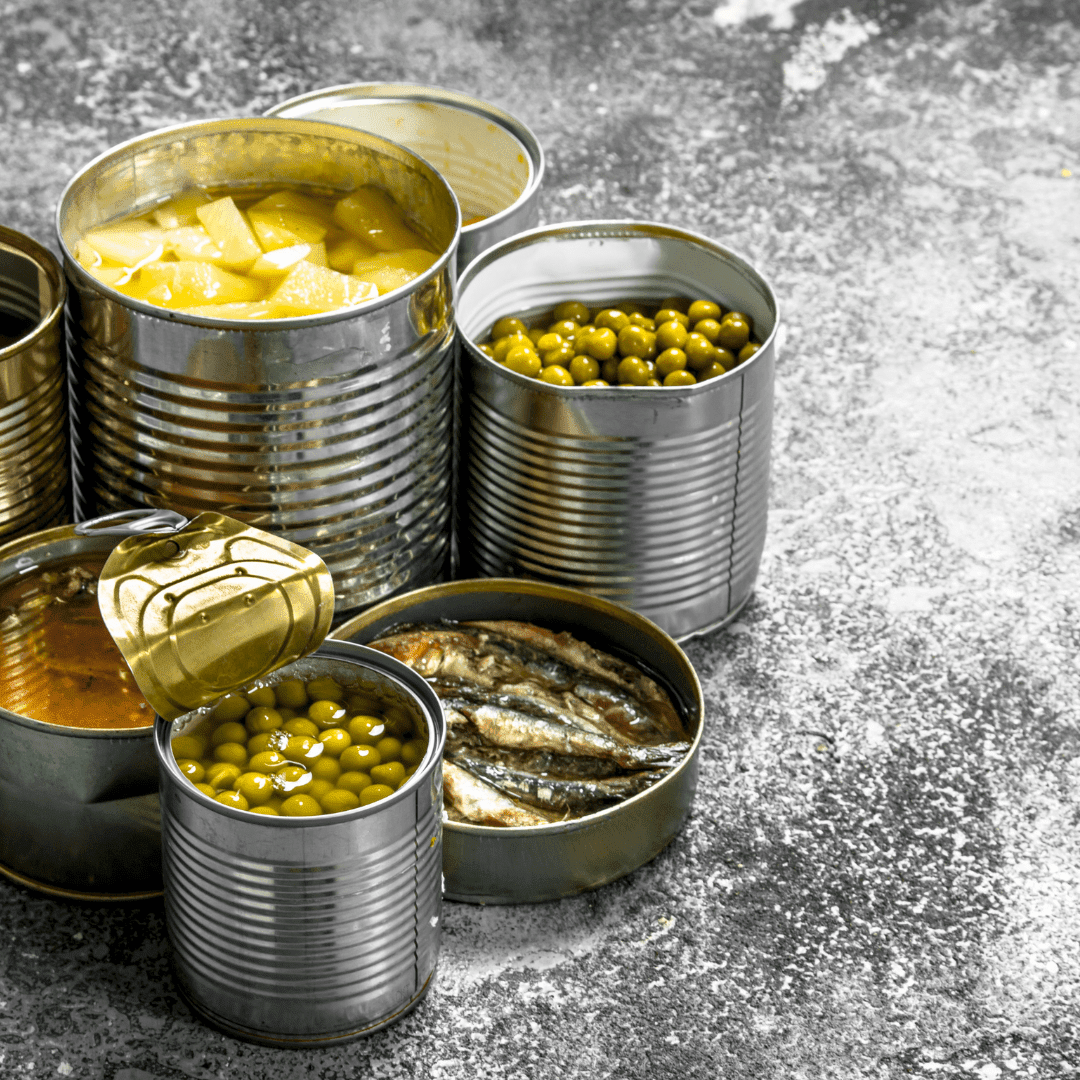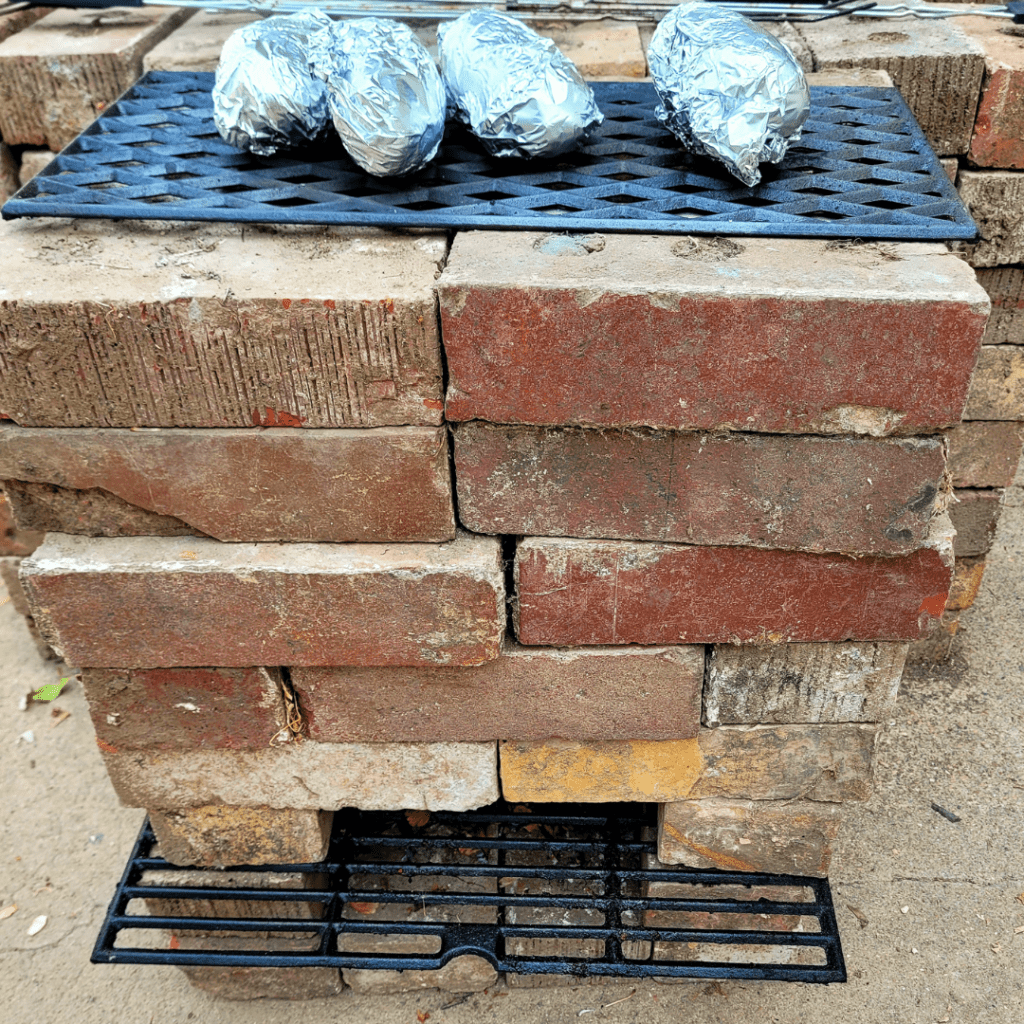Are survival food kits really worth the money, or are they just an expensive piece of mind? In this post, I break down the truth about survival food kits—what they’re good for, where they fall short, and who actually benefits from them. If you’re prepping for SHTF, emergencies, or long-term food security, this honest look will help you decide whether survival food kits belong in your preparedness plan.
Survival food kits get talked about a lot in the prepping world—and for good reason. They’re convenient, have long shelf lives, and promise calories when everything else falls apart. But are they actually worth it, or are they just another prepping purchase that looks good stacked in a closet?
I’ve learned over the years that not every “must-have” prep is essential for every family. Preparedness isn’t one-size-fits-all, and food security goes way beyond buckets and labels. In this post, I’m pulling back the curtain on survival food kits—the pros, the downsides, and the things most companies don’t mention. My goal isn’t to scare you or sell you on anything, but to help you decide if survival food kits make sense for your real-life preparedness plan.
This is a pinnable post. Tap or hover over any image in this post to pin to your Pinterest Boards.
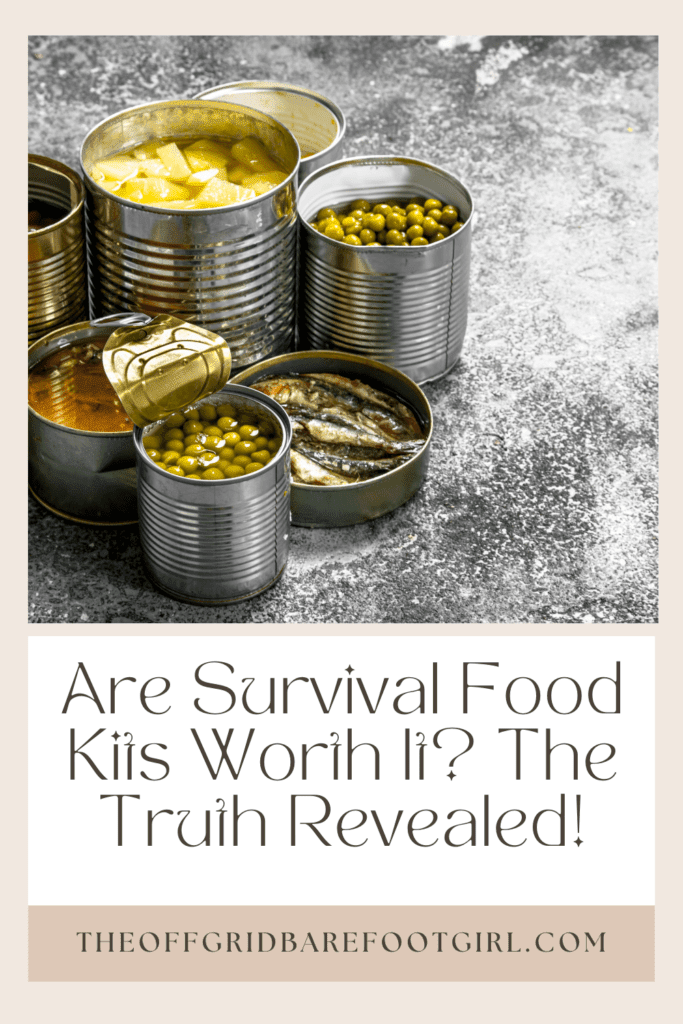
Introduction to Survival Food Kits
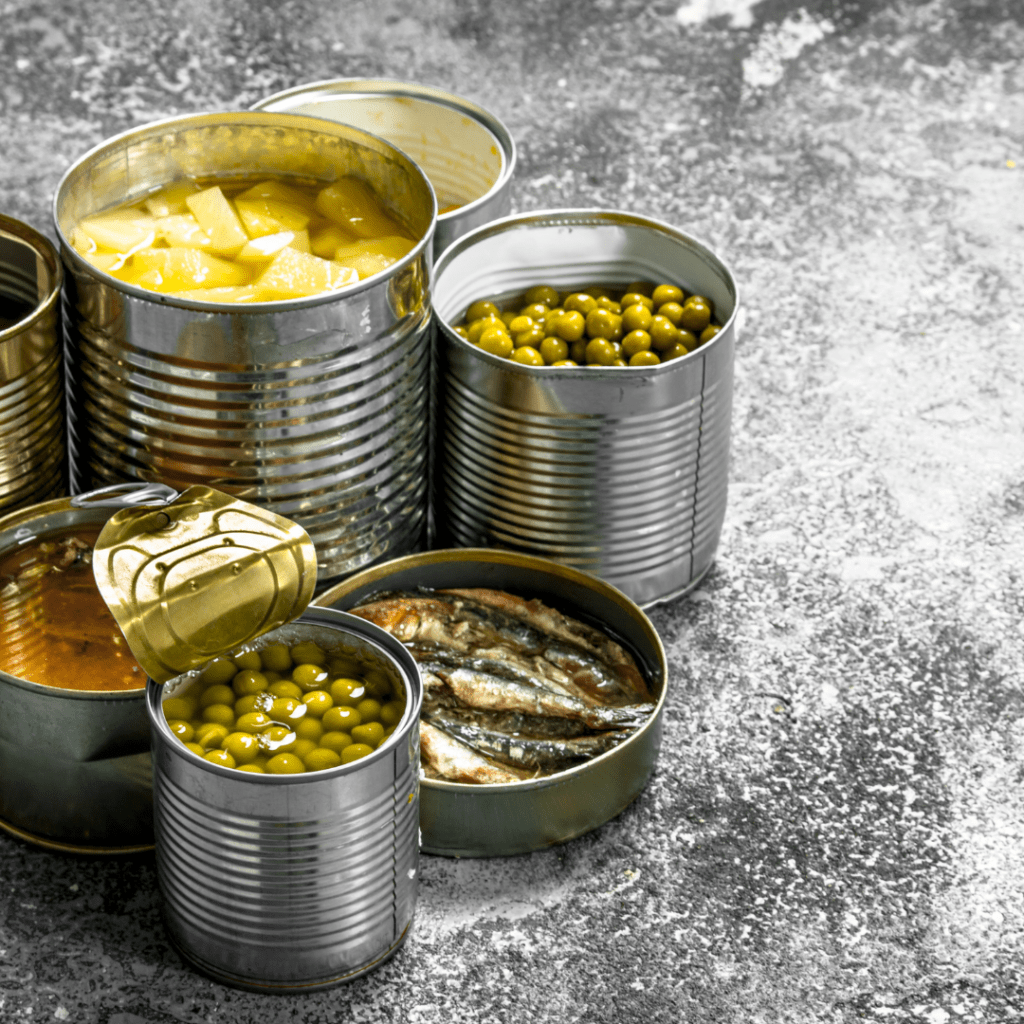
Definition of Survival Food Kits
Survival food kits are pre-packaged supplies of food and essentials designed to sustain individuals or families during emergencies or disasters. These kits typically contain non-perishable items that have a long shelf life.
Customizable Survival Food Kit Options
These kits are carefully assembled to cater to various dietary needs and preferences, ensuring that individuals with specific dietary restrictions or allergies can also find suitable options. Additionally, the packaging of these kits is often designed to be durable and lightweight, making them easy to store, transport, and access in times of need.
Many companies offer customizable options, allowing customers to tailor their kits based on factors such as the number of people to be served, the duration of the emergency, and specific regional risks.
Should We Buy or DIY Our Survival Food Kits?
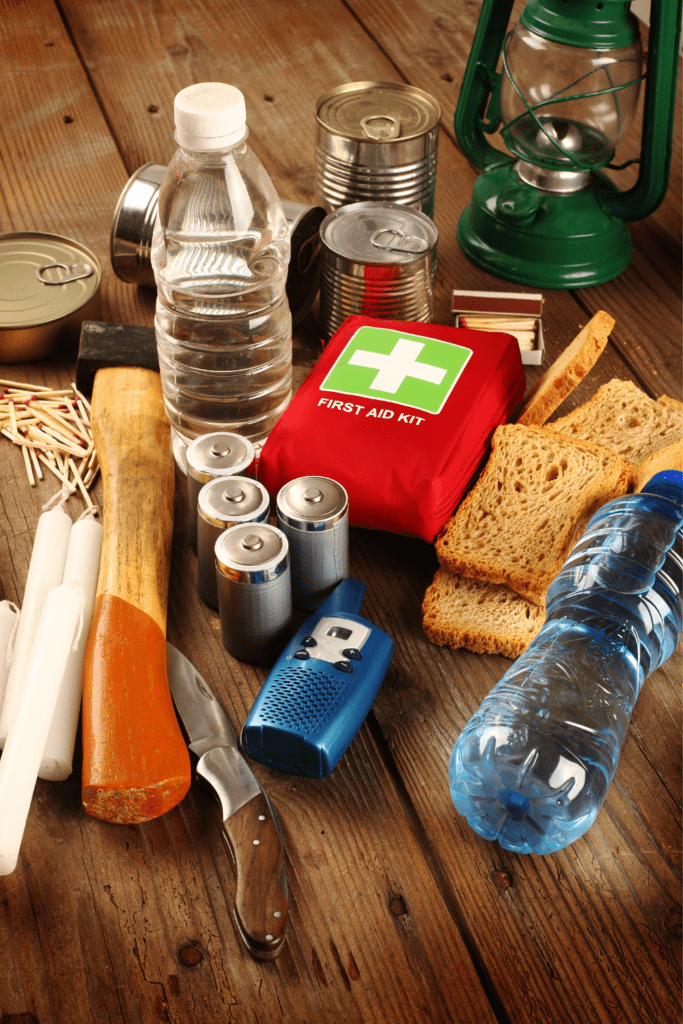
Overall, survival food kits provide peace of mind and essential sustenance during uncertain and challenging circumstances, offering a sense of security and preparedness for individuals and families alike. However, factoring all of this information, are survival food kits still worth it? Or should we just DIY our own kits? Let’s keep exploring this topic!
What’s Inside Survival Food Kits?
They are meticulously curated to provide a balanced diet and sufficient calories to maintain energy levels during trying times.
Food Essentials
Common items found in survival food kits include canned goods such as beans, vegetables, and meats, as well as dried fruits, nuts, grains, and high-energy snacks like granola bars.
Water Purification Products
Beyond food, survival kits often include essential items such as water purification tablets or filters, to ensure access to clean drinking water when fresh water sources are compromised.
Basic Medical Supplies
Additionally, basic medical supplies like bandages, antiseptics, pain relievers, and first aid manuals are frequently included to address minor injuries or medical needs that may arise.
Useful Prepping Tools
Depending on the kit’s intended use and duration, it may also contain tools for cooking, shelter-building materials like tarps or tents, blankets or sleeping bags for warmth, and communication devices such as radios or whistles for signaling.
Personal Hygiene Products
Some kits even include items for personal hygiene like soap, toothpaste, and toilet paper to help maintain cleanliness and prevent the spread of disease.
Survival Food Kits Serve as an Essential Lifeline During Emergencies
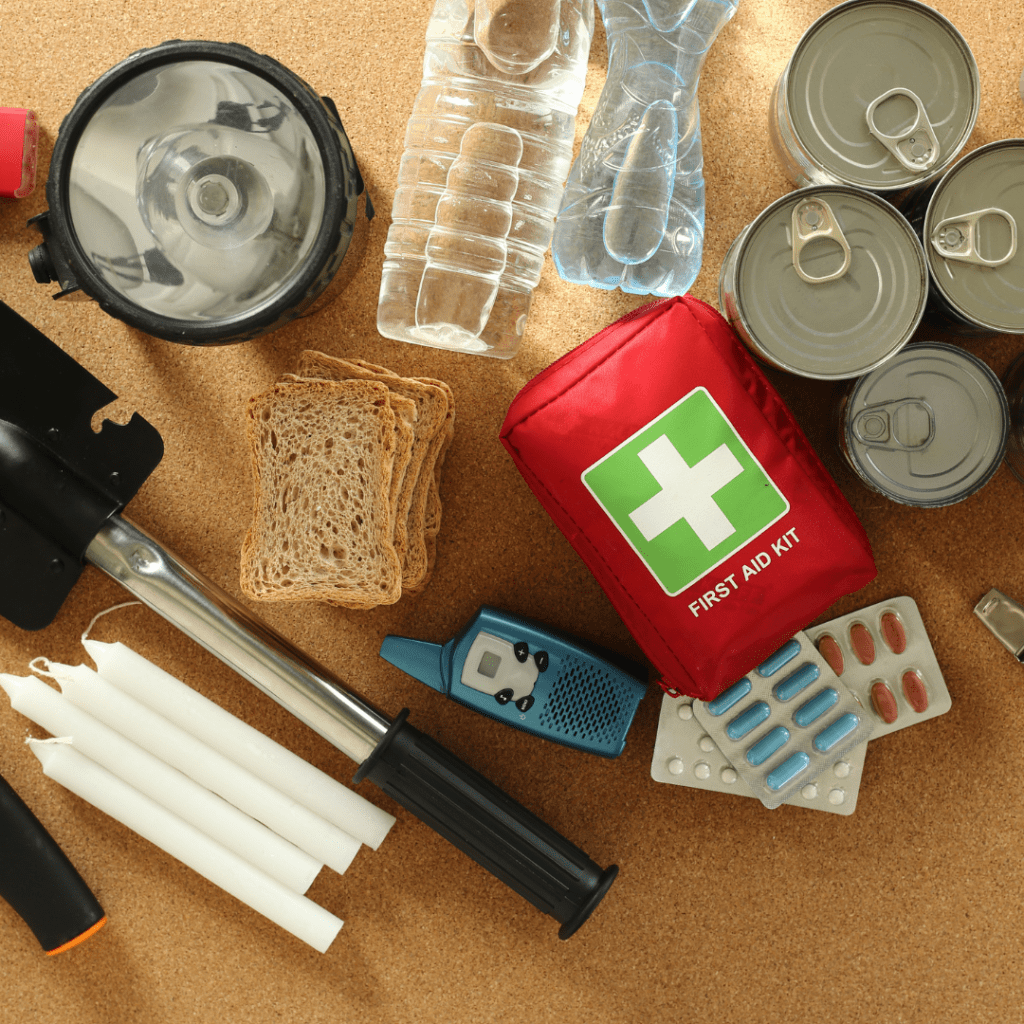
Survival food kits serve as an essential lifeline during emergencies, providing individuals and families with the resources they need to endure temporary disruptions to their normal routines. Whether faced with natural disasters, power outages, or other unforeseen circumstances, having a well-stocked survival food kit can make a crucial difference in ensuring safety, comfort, and resilience in challenging times.
Purpose and Importance
The primary purpose of survival food kits is to provide a reliable source of sustenance when access to fresh food is limited or unavailable. They are crucial for emergency preparedness, ensuring individuals have enough food to survive in challenging circumstances. But are they worth the money, or should we stockpile these items separately rather than in a survival food kit? Let’s dissect this question further.
Benefits of Survival Food Kits
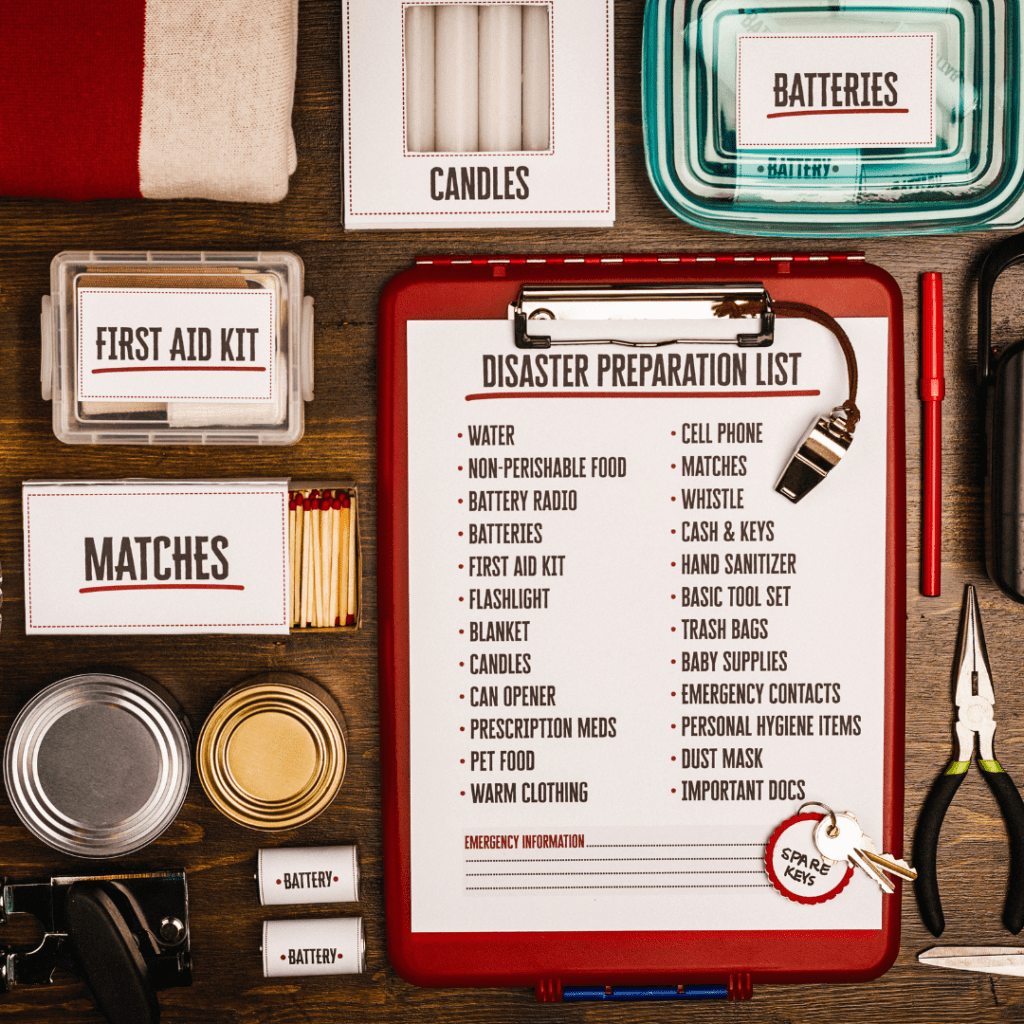
Long-Term Food Supply
Survival food kits offer a dependable long-term food supply that can last for months or even years, providing peace of mind during times of crisis. With their emphasis on non-perishable items and careful packaging, these kits are designed to withstand the test of time, ensuring that essential nutrition is readily available when conventional food sources may be scarce or inaccessible.
Whether facing natural disasters, economic downturns, or other emergencies, having a well-stocked survival food kit can alleviate concerns about food scarcity and allow individuals and families to focus on other aspects of survival and recovery.
Convenience and Portability
These kits are compact and easy to store, making them convenient for both emergency situations and outdoor activities like camping or hiking. Their portable nature allows individuals to take them on the go, ensuring that essential sustenance is always within reach, whether navigating rugged terrain or facing unexpected challenges in the wilderness. The lightweight design of survival food kits further enhances their suitability for outdoor adventures, enabling hikers and campers to carry them without adding excessive bulk to their gear.
By providing a reliable source of nourishment in remote locations or during unplanned overnight stays, these kits enhance safety and comfort while promoting a sense of self-sufficiency in outdoor enthusiasts.
Nutritional Value and Variety
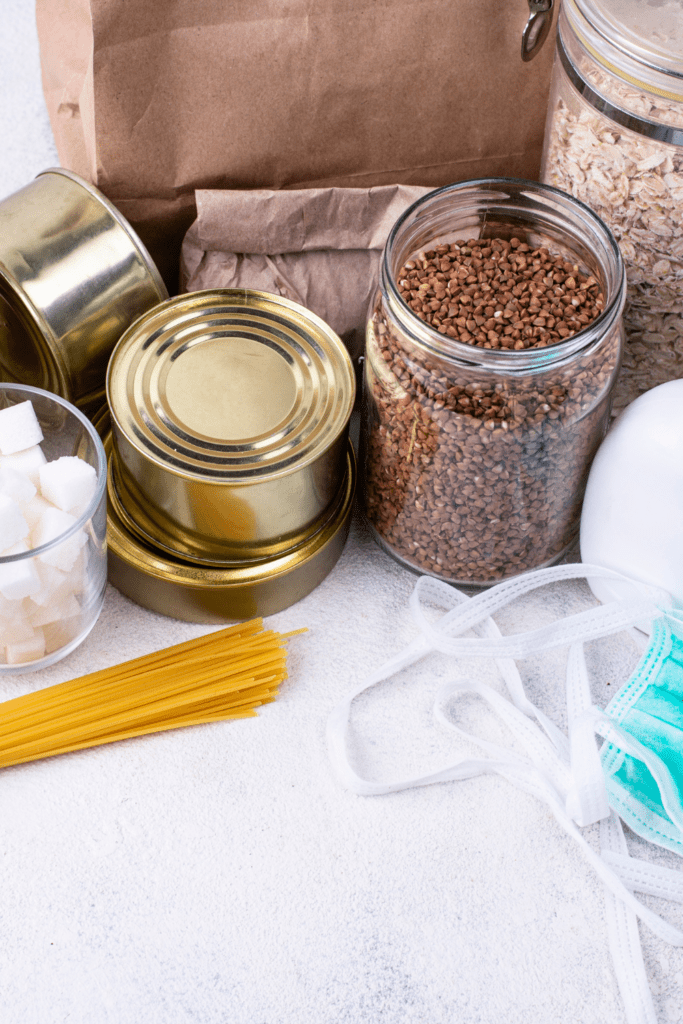
Survival food kits are designed to provide essential nutrients, offering a variety of foods to maintain health and energy levels during emergencies. They typically include a balanced mix of carbohydrates, proteins, fats, vitamins, and minerals to sustain the body’s nutritional needs over an extended period. This diverse range of nutrients helps support immune function, muscle strength, and overall well-being during times of stress or adversity.
Whether it’s the complex carbohydrates in grains and legumes for sustained energy, the protein in meats and nuts for muscle repair and growth, or the vitamins and minerals in fruits and vegetables for immune support, these kits are carefully crafted to address various dietary requirements and promote overall health.
Moreover, the inclusion of high-energy snacks ensures a quick boost of vitality when needed, providing a crucial source of immediate fuel during physically demanding situations. By prioritizing nutritional quality and diversity, survival food kits help individuals and families maintain their strength and resilience when facing unforeseen challenges.
Drawbacks of Survival Food Kits
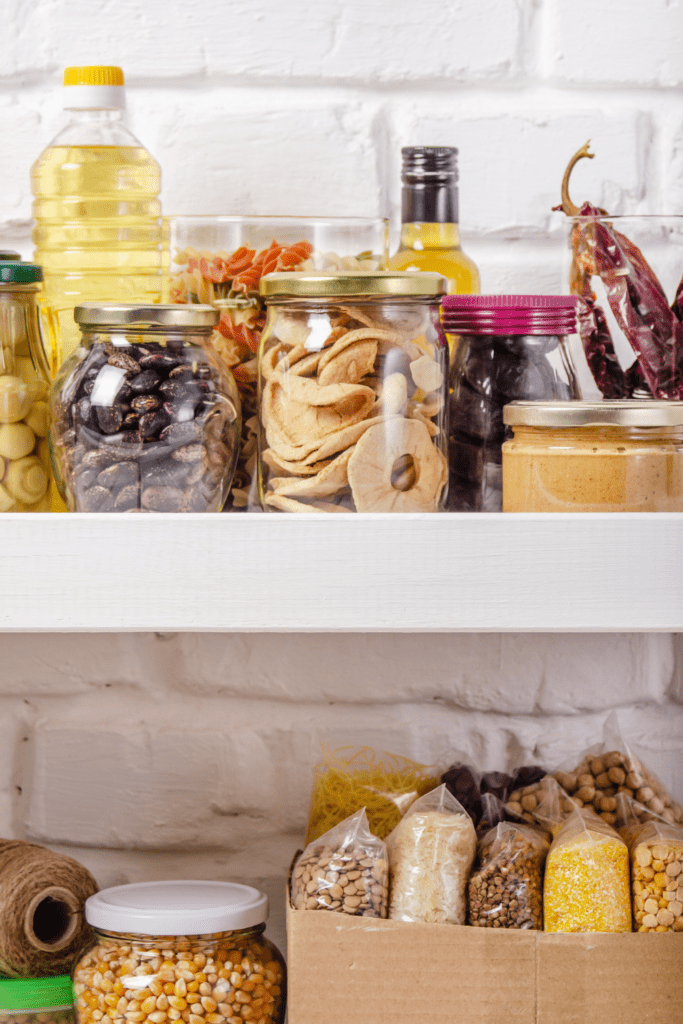
Cost Considerations
While beneficial, survival food kits can be costly, requiring an initial investment for quality supplies. It’s essential to weigh the price against the potential benefits. The upfront cost may seem significant, especially for larger or more comprehensive kits, but it’s crucial to consider the value they provide in terms of preparedness and peace of mind.
Here are some positive things to consider:
- In times of crisis, having access to reliable food supplies can be invaluable, potentially saving lives and mitigating the impact of emergencies.
- Additionally, when compared to the potential expenses of coping with food scarcity or relying on expensive emergency provisions during a crisis, the cost of a survival food kit may pale in comparison.
- Furthermore, many kits are designed to have a long shelf life, meaning they can be stored for extended periods without the need for frequent replacements, further enhancing their value over time.
- Ultimately, while the initial investment may seem daunting, the security and resilience afforded by a well-stocked survival food kit can far outweigh the costs, making it a worthwhile consideration for individuals and families looking to prepare for unforeseen challenges.
Storage Challenges
Storing survival food kits, especially in limited spaces, can pose challenges due to their bulkiness and specific storage requirements to maintain freshness. Many of these kits contain a variety of canned goods, dried foods, and other items that can take up a considerable amount of room. Moreover, factors such as temperature, humidity, and exposure to sunlight can affect the shelf life of the included items, necessitating careful storage conditions.
For those living in small apartments or homes with limited storage space, finding adequate room to store a survival food kit can be a significant concern. Additionally, ensuring that the storage area remains cool, dry, and free from pests can require additional effort and resources.
Here are some great ways to take on this issue:
- Creative solutions, such as utilizing underutilized spaces like closets, under beds, or even designated storage areas in garages or basements, can help maximize space efficiency.
- Additionally, investing in space-saving storage solutions such as stackable containers, vacuum-sealed bags, or shelving units can help optimize organization and accessibility.
Despite these challenges, the importance of having access to emergency food supplies cannot be overstated, making it worthwhile to find innovative storage solutions to ensure readiness for any situation.
Taste and Palatability
Some survival food items may not meet everyone’s culinary standards, as taste preferences can vary, leading to potential dissatisfaction with the contents of the kit. While these kits are designed to provide essential nutrition and sustenance during emergencies, the focus is often on durability, shelf life, and portability rather than gourmet taste.
As a result, individuals accustomed to a particular diet or accustomed to fresh, flavorful meals may find the offerings in survival food kits to be lacking in taste or variety. Moreover, the monotony of consuming similar canned or dried foods over an extended period may contribute to palate fatigue and dissatisfaction.
However, it’s essential to recognize that survival food kits are primarily intended for sustenance and survival rather than culinary enjoyment. In emergency situations, the priority is to have access to reliable food supplies that can sustain individuals and families until normalcy is restored. Nevertheless, some companies offer a variety of options and flavors in their kits to cater to different tastes and preferences, helping to alleviate potential dissatisfaction. Additionally, supplementing survival food kits with personal favorites or comfort foods can help improve morale and satisfaction during challenging times.
Factors to Consider When Evaluating Survival Food Kits
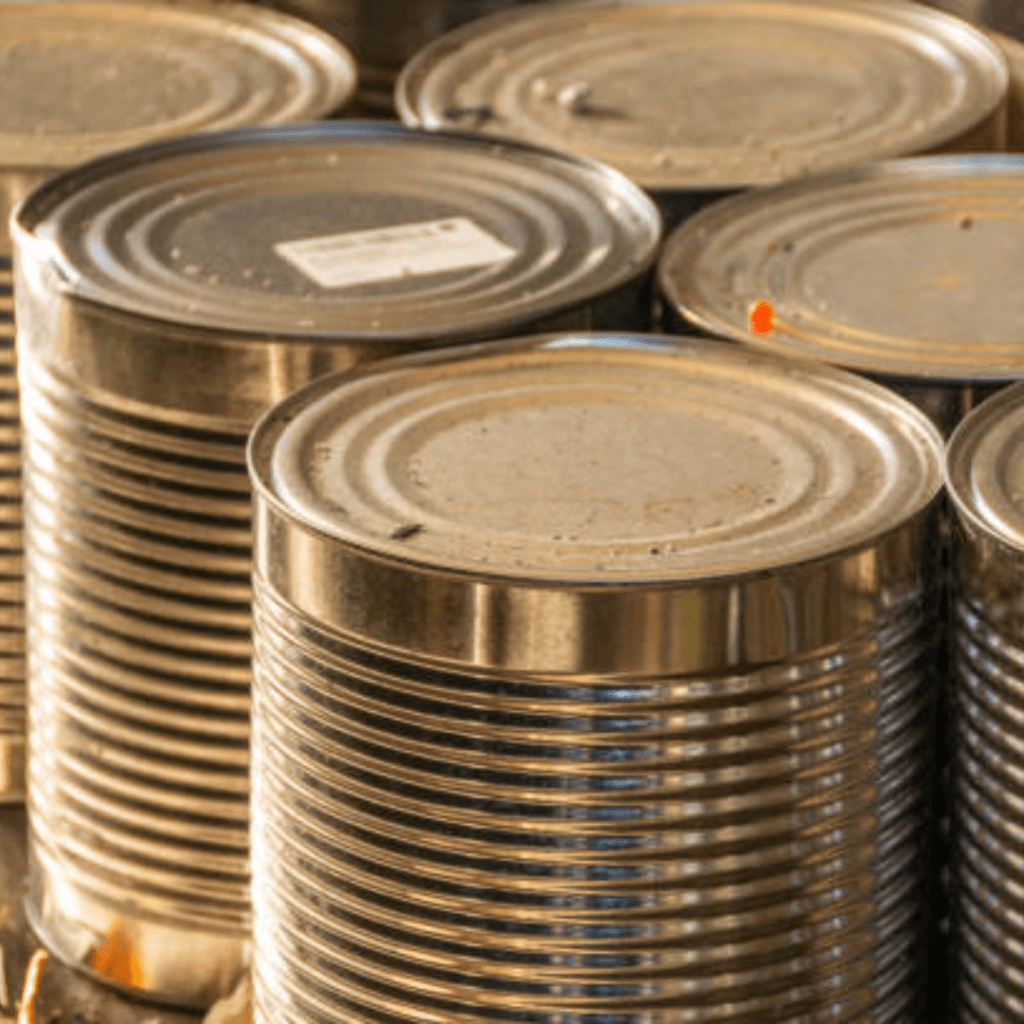
Shelf Life and Sustainability
The longer the shelf life of the kit’s contents, the more sustainable and reliable it is for prolonged emergencies. Checking expiration dates and replenishing supplies when needed is essential. It’s crucial to regularly inspect the contents of the survival food kit to ensure that items haven’t expired or degraded in quality.
Rotating Your Stockpile
Rotating stock by consuming and replacing items nearing their expiration dates helps maintain freshness and ensures that the kit remains fully stocked and ready for use when needed. Additionally, staying informed about any changes in dietary needs or preferences within the household can guide the selection and rotation of items in the survival food kit.
Maintaining Proper Storage Conditions
Some manufacturers provide guidelines for optimal storage conditions and shelf life extension techniques, such as proper sealing, temperature control, and protection from moisture and pests. These guidelines are invaluable for ensuring the longevity and effectiveness of the survival food kit. Proper sealing techniques, such as vacuum sealing or using airtight containers, help prevent exposure to oxygen. If left exposed, it can lead to food spoilage.
Maintaining stable temperatures, preferably in a cool and dry environment, helps preserve the quality of the food. It also helps extend its shelf life. Protection from moisture is essential as it can accelerate spoilage and compromise the safety of the food. Additionally, safeguarding the kit from pests such as rodents and insects is crucial to prevent contamination. This ensures the integrity of the supplies.
By staying proactive and attentive to the condition of the kit’s contents, individuals can maximize the effectiveness and reliability of their emergency food supplies, providing an added layer of security and preparedness for unforeseen circumstances.
Caloric and Nutritional Content
Evaluating the caloric intake and nutritional value of the foods in the kit is crucial for maintaining health and energy levels during a crisis. Look for well-balanced options to meet dietary needs. Ensuring that the kit contains a sufficient quantity of calories is essential, as energy requirements may increase during stressful situations or physical exertion. Additionally, prioritizing foods rich in essential nutrients such as protein, vitamins, and minerals. This helps support overall health and immune function.
Allergies and Dietary Restrictions
Consideration should also be given to dietary restrictions or special dietary needs. These needs include gluten-free, vegetarian, or vegan options to accommodate diverse preferences and ensure inclusivity within the household. By selecting a survival food kit with a diverse range of nutritious options, individuals can feel confident in their ability to maintain optimal health and energy levels throughout the duration of an emergency or disaster scenario.
Comparison of Different Types of Survival Food Kits
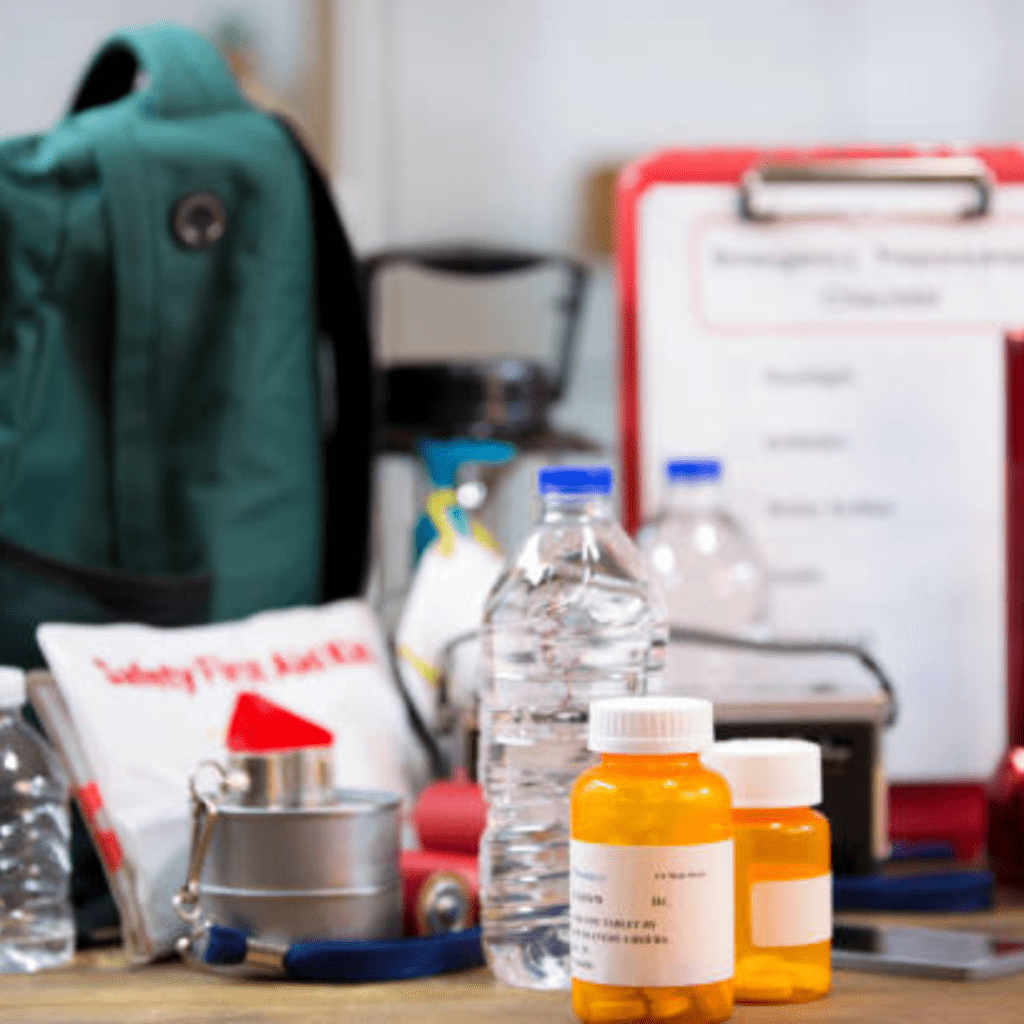
Freeze-Dried Meals vs. MREs
When it comes to survival food kits, the battle of the tastebuds often boils down to freeze-dried meals versus MREs (Meals Ready-to-Eat). While freeze-dried meals are lightweight and easy to pack, MREs offer the convenience of a complete, ready-to-eat meal with no need for water. Choose wisely based on your taste preferences and dietary needs.
DIY vs. Pre-Packaged Kits
Are you a hardcore prepper or a last-minute Larry? DIY survival food kits allow you to customize based on your preferences and budget. On the other hand, pre-packaged kits offer convenience and time-saving solutions. Decide based on your level of preparedness and willingness to assemble your own kit.
Brand Comparison and Customer Reviews
In the world of survival food kits, not all brands are created equal. Before diving into your purchase, do your research. Check out customer reviews for insights on taste, shelf life, and overall quality. Remember, in survival situations, you want reliable grub, not mystery meat surprises!
Real-Life Scenarios: When Survival Food Kits Come in Handy
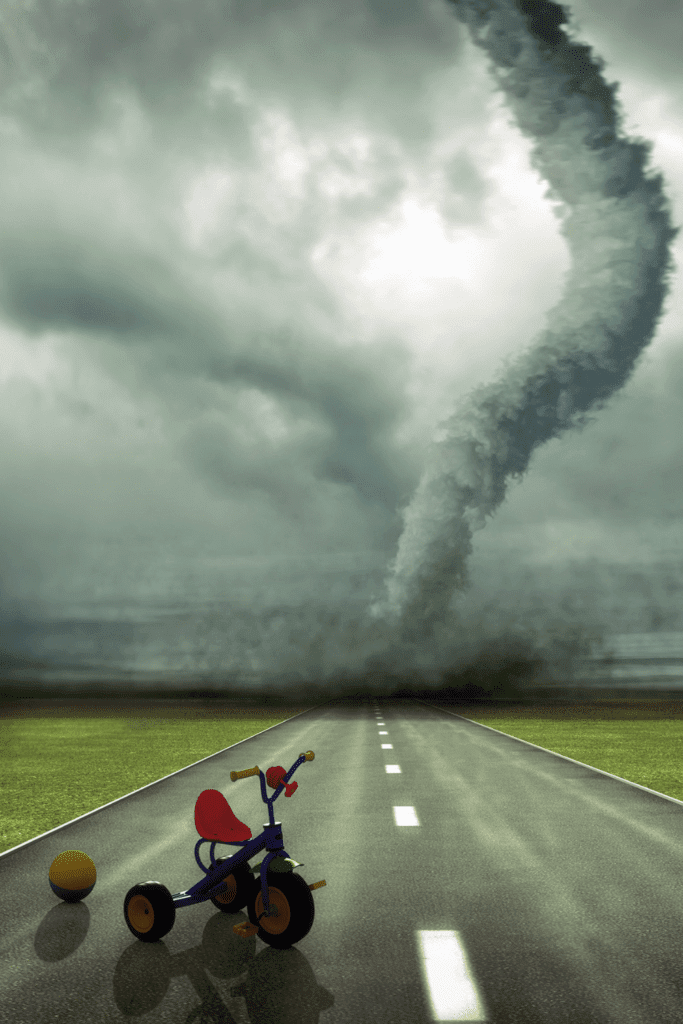
Natural Disasters
When the earth shakes or the winds howl, having a survival food kit can be a game-changer. Whether it’s a hurricane, earthquake, tornado, or flood, being prepared with non-perishable food can provide a sense of security during chaotic times.
Emergency Evacuations
In situations that require a swift exit, grab-and-go is key. Having a compact survival food kit ready to roll can make emergency evacuations smoother. Whether you’re fleeing a wildfire or facing a sudden power outage, being prepared with sustenance can keep you fueled and focused.
Outdoor Adventures
Who says survival food kits are just for emergencies? Outdoor enthusiasts know the value of a well-stocked pack. Whether you’re hiking, camping, or embarking on a wilderness expedition, having reliable food options can turn a hangry situation into a happy camper moment!
Expert Recommendations for Building an Effective Survival Food Kit
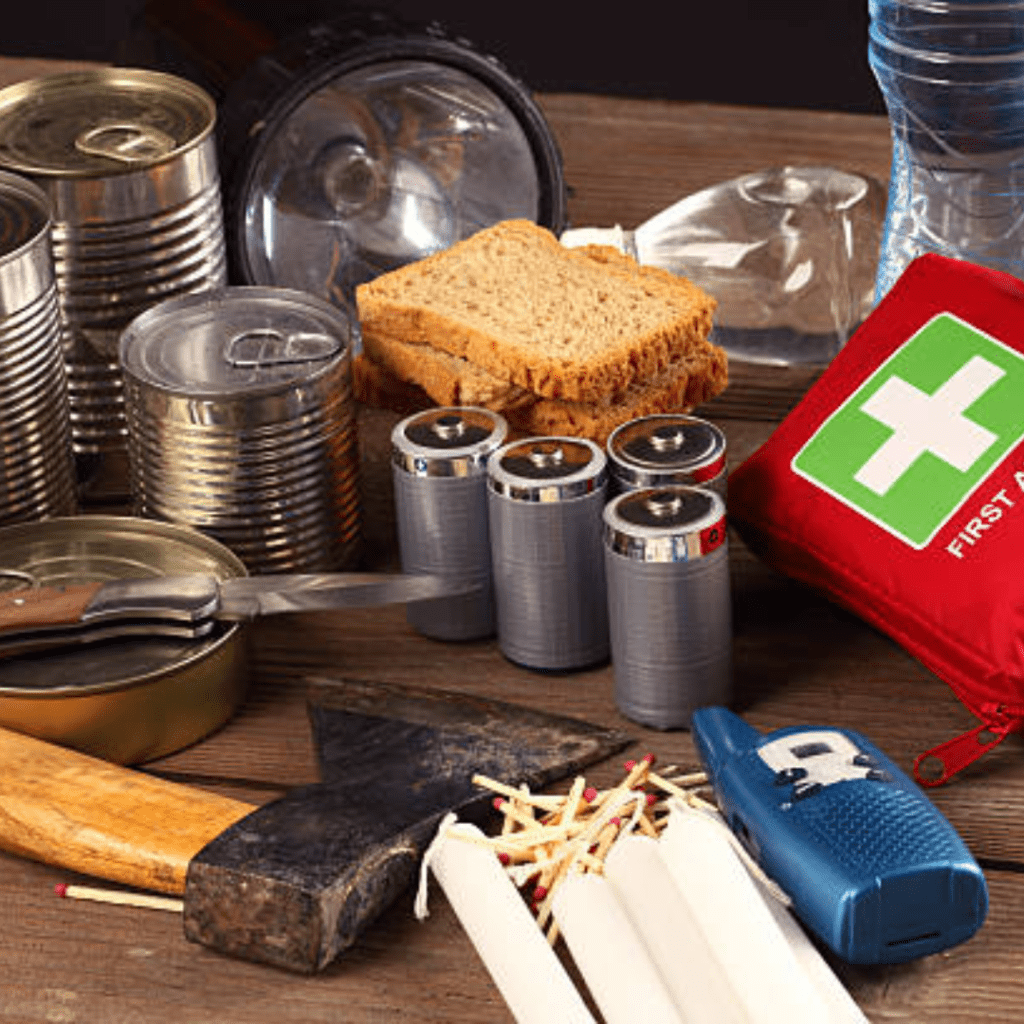
Essential Items to Include
When assembling your survival food kit, think beyond just sustenance. Include items to cover all your bases. It’s not just about calories; it’s about staying nourished and safe in unforeseen circumstances.
Here’s a detailed list of essential items to consider including in a survival food kit:
- Non-perishable food items:
- Canned goods such as beans, vegetables, fruits, and meats.
- Dried foods like rice, pasta, lentils, and grains.
- High-energy snacks such as granola bars, nuts, and trail mix.
- Ready-to-eat meals or MREs (Meals Ready-to-Eat).
- Water:
- Bottled water or water purification tablets.
- Portable water filtration system or water filter.
- Basic cooking supplies:
- Portable camping stove or compact cooking system.
- Fuel for cooking (e.g., propane, butane).
- Lightweight cookware (pots, pans, utensils).
Non-Food Preps
- First aid kit:
- Bandages, gauze pads, adhesive tape.
- Antiseptic wipes or solution.
- Pain relievers (e.g., ibuprofen, acetaminophen).
- Tweezers, scissors, and thermometer.
- Personal medications (if applicable).
- Tools and utilities:
- Multi-tool or Swiss Army knife.
- Flashlights or headlamps with extra batteries.
- Portable solar charger or power bank for electronic devices.
- Duct tape, rope, and zip ties.
- Whistle or signaling device.
- Shelter and warmth:
- Emergency blankets or sleeping bags.
- Tent or tarp for shelter.
- Hand warmers or thermal blankets.
- Hygiene and sanitation:
- Hand sanitizer and soap.
- Toothbrush and toothpaste.
- Toilet paper or hygiene wipes.
- Feminine hygiene products (if applicable).
- Trash bags for waste disposal.
- Communication and navigation:
- Portable radio with NOAA weather alerts.
- Map and compass or GPS device.
- Signal mirror or flare.
- Personal documents and identification:
- Copies of important documents (ID, passport, insurance papers).
- Contact information for emergency contacts.
- Cash or small denominations of currency.
- Additional supplies:
- Fire-starting materials (lighter, matches, fire starter).
- Extra clothing and sturdy footwear.
- Waterproof storage containers or bags.
- Entertainment items (books, playing cards, puzzles).
It’s important to customize your survival food kit based on your specific needs, dietary preferences, and the potential emergencies you may encounter in your region. Regularly review and update your kit to ensure that all items are in good condition and within their expiration dates.
Survival Prepping Posts Written By Me!
I have other posts you may find useful in your survival food prepping activities in the following links.
- Practical Pantry Prepper: Essential Guide
- How to Grocery Shop Once a Month
- What Should Be in A 72-Hour Survival Kit?
- Buy or Die: Prepper Items You Need Now
- How to Learn 58 Self-Sufficient Skills Right Now
- What The Walking Dead Can Teach Us About Survival: The Walking Dead Survival Tactics
- Get Lockdown Ready: Best Dollar Tree Survival Items
- Understanding Water Purification Methods for Survival: Best Practices Explained
- Thirsty for Survival: Expert Guide to Emergency Water Prep Tactics
- Do You Really Need Faraday Bags? The Shocking Truth Revealed!
- The Best Doomsday Preppers Blogs to Follow
Training and Preparedness Tips
Owning a survival food kit is one thing; knowing how to use it is another. Take the time to familiarize yourself with the contents of your kit and practice using them. Consider taking a basic emergency preparedness course to equip yourself with the skills needed to handle unexpected situations like a pro.
Are Survival Food Kits Worth the Investment?
In the grand scheme of disaster preparedness, survival food kits are like an insurance policy for your belly. While no one hopes for calamity, having a stash of reliable food can offer peace of mind in uncertain times. Whether you opt for freeze-dried feasts or MRE munchies, remember that being prepared is always in good taste.
So, are survival food kits worth it? Absolutely, because when hunger knocks, and the grocery store is closed, you’ll be patting yourself on the back for having a secret stash of grub. Stay safe, stay fed, and may your snacks be ever in your favor!
Reasons Why Survival Food Kits are Worth the Investment!
Here’s a list of reasons why survival food kits are worth the investment:
- Emergency Preparedness: Survival food kits provide essential supplies to sustain individuals and families during emergencies, ensuring they have access to food even when conventional sources are unavailable.
- Peace of Mind: Knowing that you have a reliable food supply on hand can alleviate anxiety and uncertainty during times of crisis or disaster.
- Convenience: Survival food kits are pre-packaged with a variety of non-perishable items, making them convenient to store, transport, and access when needed.
- Long Shelf Life: Many items in survival food kits have a long shelf life, allowing them to be stored for extended periods without the need for frequent replacements.
- Cost-Effective: While there may be an upfront cost associated with purchasing a survival food kit, the long-term benefits of having access to emergency food supplies often outweigh the initial investment.
- Customizable Options: Many companies offer customizable survival food kits, allowing individuals to tailor their supplies based on factors such as dietary preferences, family size, and duration of emergency.
- Nutritionally Balanced: Survival food kits are designed to provide essential nutrients and calories to maintain health and energy levels during emergencies, ensuring individuals and families remain nourished.
- Versatility: In addition to emergencies, survival food kits are also suitable for outdoor activities like camping, hiking, or RVing, providing a convenient food source for adventures.
- Ready-to-Use: Survival food kits are pre-packaged and ready to use, saving time and effort in assembling emergency supplies from scratch.
- Empowerment: Having a survival food kit empowers individuals and families to take proactive steps towards preparedness and self-sufficiency, enhancing resilience in the face of unforeseen challenges.
Conclusion
As we conclude our exploration into the realm of survival food kits, it becomes evident that their worth ultimately hinges on individual needs, preferences, and circumstances. While these kits offer a valuable resource for emergency preparedness, it is essential for each person to evaluate their unique situation and make an informed decision. By weighing the benefits, drawbacks, and expert recommendations discussed in this article, individuals can better assess whether investing in a survival food kit aligns with their safety and security goals. Remember, preparedness is key, and whether or not survival food kits are worth it depends on your specific needs and peace of mind.
Ensure your food supplies are reliable and long-lasting by exploring The Complete Guide to Emergency Preparedness: Everything You Need to Thrive in Any Situation.
Resources: Here are some helpful resources for further information.
- Best (and Worst) Survival Food Kids – By Practical Self Reliance
- Prepper Food: Is It Worth the Money? – By Survival Prep Store
- Survival Food: Buy or DIY? – By The Armory Life
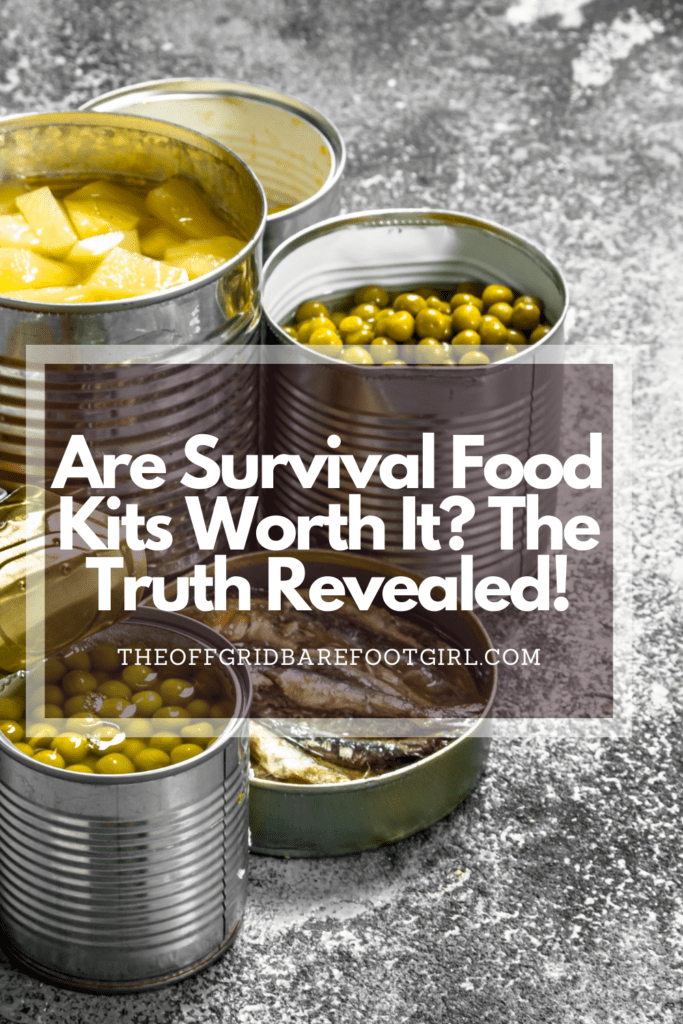
Frequently Asked Questions
1. Are survival food kits suitable for vegetarians or individuals with dietary restrictions?
Survival food kits can be suitable for vegetarians or individuals with dietary restrictions, but it ultimately depends on the specific kit and its contents. Many pre-packaged survival food kits contain a mix of freeze-dried fruits, vegetables, grains, and proteins, which may not align with a vegetarian diet. However, there are now more options available that cater to different dietary needs. Some companies offer vegetarian-friendly survival food kits filled with plant-based protein sources like beans and tofu, as well as gluten-free options for those with allergies or sensitivities. It’s important for individuals with dietary restrictions to carefully read the labels and ingredients of any survival food kit to ensure it meets their needs before making a purchase.
2. How long do survival food kits typically last, and how should they be stored?
Survival food kits typically have a shelf life ranging from 5 to 25 years, depending on the type of food and packaging. Freeze-dried foods tend to last longer than dehydrated or canned foods, as they are less susceptible to moisture and air exposure. To ensure the longevity of your survival food kit, store it in a cool, dark place away from direct sunlight and extreme temperatures. A dry environment is crucial for preserving the quality of the food inside the kit. It’s also essential to check the expiration dates periodically and rotate any items that are nearing their end date. Proper storage will not only extend the lifespan of your survival food kit but also ensure that you have access to nutritious meals in emergency situations.
3. Can I customize my own survival food kit based on my preferences and dietary needs?
Absolutely! When it comes to preparing a survival food kit, customization is key. By selecting items based on your preferences and dietary needs, you can ensure that you have foods on hand that you actually enjoy eating and that meet your specific nutritional requirements. Whether you are vegetarian, gluten-free, lactose intolerant, or have any other dietary restrictions, there are plenty of options available to tailor your kit accordingly. Consider including a mix of non-perishable items such as canned fruits and vegetables, protein bars, nuts and seeds, dried meats or jerky, and freeze-dried meals. Don’t forget to pack some comfort foods too – having familiar favorites can provide a sense of normalcy during stressful situations. So go ahead and create a personalized survival food kit that will keep you well-fed and satisfied during emergencies.
4. In what situations would a survival food kit be more beneficial compared to regular pantry supplies?
A survival food kit would be more beneficial compared to regular pantry supplies in situations where access to food may be limited for an extended period of time. This could include natural disasters such as hurricanes, earthquakes, or snowstorms that disrupt transportation and supply chains. A survival food kit contains non-perishable items with a long shelf life, such as dehydrated meals, canned goods, and energy bars, making it ideal for storing in emergency situations. Additionally, a survival food kit is portable and easy to grab quickly in case of evacuation. It provides peace of mind knowing that you have a reliable source of food when traditional grocery stores may be closed or empty. While regular pantry supplies are essential for day-to-day cooking and meal preparation, a survival food kit offers the added security of being prepared for unexpected emergencies.
Survival food kits get talked about a lot in the prepping world—and for good reason. They’re convenient, have long shelf lives, and promise calories when everything else falls apart. But are they actually worth it, or are they just another prepping purchase that looks good stacked in a closet?
I’ve learned over the years that not every “must-have” prep is essential for every family. Preparedness isn’t one-size-fits-all, and food security goes way beyond buckets and labels. In this post, I’m pulling back the curtain on survival food kits—the pros, the downsides, and the things most companies don’t mention. My goal isn’t to scare you or sell you on anything, but to help you decide if survival food kits make sense for your real-life preparedness plan.
Summary
I hope I have inspired you to live sustainably with these tips and products.
If you were encouraged by this post, I invite you to check out my FREE Printables Page for fun free printables, planners, and charts.
ENTER MY FREE Printables Page HERE
Here are some more of my gardening inspiration posts to check out!
How to Feed Your Family During the Government Shutdown
12 Best Tips for Creating an Eco-Friendly Household
Survival Lessons from the Great Depression
The Best 15 Homesteading Blogs to Follow for Inspiration
How to Criminal-Proof Your Home with These 5 Steps
How to Create Your Cottagecore Aesthetic Dream Home
Ideas for Rustic Living Room Vibes You’ll Love All Year Round!
How to Prep Your Home for Chilly Fall Nights
Bring Back the Magic of Fireflies and Lightning Bugs with Solar Power!
The Ultimate Portable Power Bank for Homesteaders and Preppers!
A Bug Out Bag That’s Actually Ready — When You Need It Most!
Magical Ways to Use Fairy Lights in Your Off-Grid Home
How to Live a Cozy Off-Grid Life
The Best Off-Grid Kitchen Tools for Indoors (No Power Needed!)
DIY Solar Made Simple: How I Powered My Off-Grid Life with Practical Preppers!
Sleeper Cells in America: What You Need to Know Now!
How People Are Surviving in Broken Cities with Broken Systems
When the World Hurts, We Prepare with Purpose
How to Live On Raw Land: Everything You Need to Know!
How to Do Off-Grid Laundry with Eco-Friendly Laundry Detergent!
Hollywood on Fire! What Secrets Are In the Ashes?
FEMA Concentration Camps? Are Echos of the Past Returning?
How Likely Is a Russian EMP? One Pulse Could Black Us Out!
What Dark Secrets Lie in The Bird Flu Symptoms?
The Blackout Sun: Who Is Blacking Out Our Sunlight?
More Posts!
How to Bug-In During a Deep Freeze!
‘FOGVID-24?’ What’s in the Mysterious Fog That’s Making Everyone Sick?
From Snow to Sow: Plan Your Spring Garden Now!
11 Fun Ways to Brighten Your Spring Garden with Personality
Top 10 Spring Garden Crops to Harvest in 30 Days and Eat Now!
The Best Survival Crops for Caloric Survival
More Posts!
My Victory Garden: What I Learned from 5+ Years
Why Every Family Should Have a Victory Garden in Their Backyard Now!
The Best Perennials for a Long-Term Survival Garden
The Best Essential Oils for Plants That Repel Garden Bugs
How to Grow Green Garden Peas: Perfect Plump Peas!
Hugelkultur: Does This Epic Pioneering Method Actually Work?
9 Ways to Celebrate Earthing Day in Your Garden!
Gardening Indoors: Secrets of Growing Your Food Inside!
How to DIY a Milk Jug Drip Irrigation System!
Why Cedar Mulch Is The Perfect Natural Weed Barrier
Gardening Projects
Onions: How to Grow Onions for Storage
Peas: How to Grow Garden Peas for a Bumper Crop
Carrots: How to Grow Carrots for a Bountiful Harvest
Prep Your Garden for Spring Planting with These Expert Tips!
How to Grow a Prepper Garden to Survive and Thrive
The Best Garden Tools You Need for a Productive Season
Fastest Growing Vegetables for Your Survival Garden
How to Grow Marigolds As Pest Control In Your Vegetable Garden
Must-Have Tools for a Successful Balcony Vegetable Garden
How to Effectively Combat Powdery Mildew in Your Garden
The Best Tips for Organic Gardening
How to Release Ladybugs In Your Garden for Organic Pest Control
More Posts!!
The Best Garden Snail Control Strategies
The Best Spring Vegetables to Grow in Your Garden
Seed Starter Mix: How To Make Your Organic Seed Starter Mix At Home
How to Grow a Productive Canning Garden
How to Plant and Grow a Salsa Garden
Easiest Heirloom Vegetable Seeds to Grow Now
How to Use the Hand Twist Claw Tiller: Tackling Tough Soil
More Fun Gardening Posts to Check Out!
Planning Your Garden: How to Plan a Vegetable Garden: Expert Green Thumb Tips!
Winterizing the Garden: How to Winterize Your Vegetable Garden: Step-by-Step Checklist
Mulching the Garden: How to Make Leaf Litter Mulch
Grow a Pumpkin Patch: How to Grow a Pumpkin Patch in Your Backyard
How to Grow a Fall Garden: 9 Best Fall Crops
Clever Ways to Incorporate Indoor Composting into Your Home
How to Start Composting for the Garden: A Step-by-Step Guide
The Ultimate Guide to Composting in Your Suburban Backyard
Why I Built A Survival Garden in My Backyard
16 Best Medicinal Herbs to Grow in Your Garden Now
Blessings,
The Off Grid Barefoot Girl

